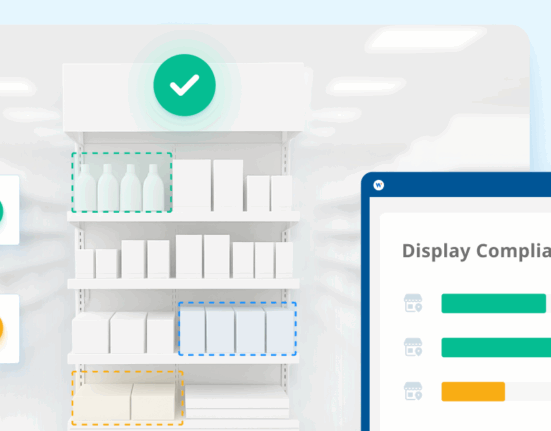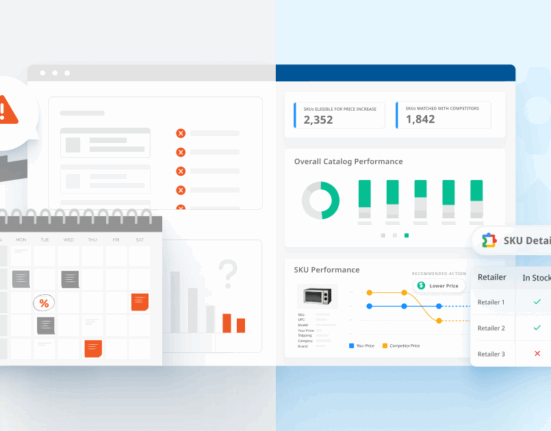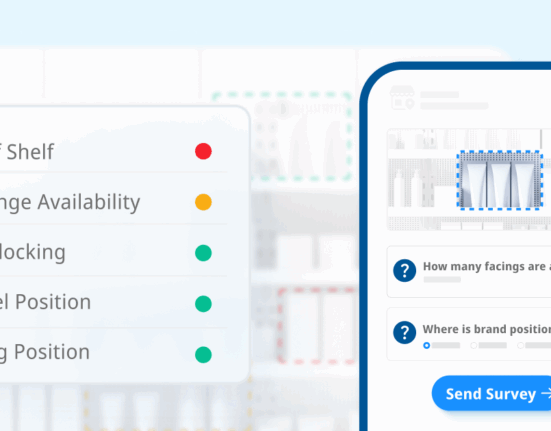In the competitive world of e-commerce, maintaining a strong presence on the digital shelf is crucial for brands looking to attract and retain customers. One of the most impactful factors influencing consumer purchasing decisions is online ratings and reviews. Bad ratings, negative reviews, or products with zero reviews can significantly hurt sales. In this article, we’ll delve into the importance of monitoring online ratings and reviews, explore three detailed action items for managing them effectively, and provide strategies to kickstart the review process for new products. We’ll also highlight how digital shelf analytics tools like Wiser’s Digital Shelf Intelligence can help brands stay on top of their online reputation.
The Power of Ratings and Reviews
Online ratings and reviews have become a cornerstone of e-commerce success. They provide social proof, build trust, and influence buying decisions. According to a BrightLocal survey, 87% of consumers read online reviews for local businesses, and the same applies to e-commerce. Here’s why they matter:
- Trust and Credibility: Positive reviews build trust and credibility with potential customers. When shoppers see high ratings and favorable feedback, they are more likely to feel confident in their purchase.
- Improved SEO and Visibility: Search engines and e-commerce platforms prioritize products with higher ratings and more reviews. This improves product visibility and increases the chances of attracting organic traffic.
- Influence on Purchase Decisions: Consumers often rely on the experiences of others to make informed decisions. Negative reviews or low ratings can deter potential buyers, while positive feedback can drive sales.
The Consequences of Poor Ratings and Reviews
Failing to monitor and manage online ratings and reviews can have severe consequences for your brand:
- Decreased Sales: Products with poor ratings or negative reviews are less likely to be purchased. Shoppers are more inclined to buy from competitors with better feedback.
- Damaged Reputation: Consistent negative feedback can harm your brand’s reputation, leading to a loss of customer trust and loyalty.
- Reduced Visibility: E-commerce algorithms favor products with high ratings and numerous reviews. Products with few or poor reviews may be pushed down in search results, reducing their visibility.
Action Items for Effective Review Management
1. Implement a Robust Review Monitoring System
Regularly monitoring your reviews across various e-commerce platforms is essential. Implement a review monitoring system that aggregates feedback from multiple sources, providing a comprehensive view of your product performance.
Key Steps:
- Use review monitoring tools to track and analyze reviews across different platforms.
- Set up alerts for new reviews, especially negative ones, to respond promptly.
- Categorize and analyze feedback to identify common issues and areas for improvement.
2. Engage and Respond to Customer Feedback
Engaging with your customers by responding to reviews demonstrates that you value their opinions and are committed to addressing their concerns. This can turn a negative experience into a positive one and build customer loyalty.
Key Steps:
- Respond to both positive and negative reviews in a timely and professional manner.
- Address specific concerns raised in negative reviews and offer solutions or compensations where appropriate.
- Encourage satisfied customers to leave reviews by thanking them and acknowledging their feedback.
3. Leverage Reviews for Continuous Improvement
Reviews provide valuable insights into what customers like and dislike about your products. Use this feedback to drive continuous improvement and enhance your product offerings.
Key Steps:
- Regularly analyze review data to identify trends and recurring issues.
- Collaborate with your product development team to address common complaints and enhance product features.
- Use positive feedback to highlight your product’s strengths in marketing materials.
Starting the Review Flywheel
Getting reviews for products with sales but no reviews can be challenging, but it’s essential for building social proof and credibility. Here are some strategies to kickstart the review process:
1. Product Registration and Follow-Up Emails
Encourage customers to register their products upon purchase. Collect their email addresses and follow up with them a week after their purchase to request a review.
Key Steps:
- Include product registration cards or prompts with each purchase.
- Send personalized follow-up emails thanking customers for their purchase and requesting a review.
- Offer incentives, such as discount codes or entry into a giveaway, to encourage reviews.
2. Incentivize Reviews Through Loyalty Programs
Leverage your existing loyalty program to encourage reviews. Offer points or rewards for customers who leave reviews on purchased products.
Key Steps:
- Promote the review incentive through your loyalty program’s communication channels.
- Clearly explain how customers can earn points or rewards by leaving reviews.
- Highlight top reviewers and their contributions to encourage participation.
3. Engage Influencers and Brand Advocates
Partner with influencers or brand advocates to review your products and share their experiences. Their endorsements can drive initial reviews and encourage their followers to leave feedback as well.
Key Steps:
- Identify and reach out to influencers or brand advocates within your niche.
- Provide them with free products or samples in exchange for honest reviews.
- Encourage them to share their reviews on social media and e-commerce platforms.
Harnessing Digital Shelf Analytics
Digital shelf analytics tools, such as Wiser’s Digital Shelf Intelligence, can be invaluable for monitoring and managing your online ratings and reviews. These tools provide real-time insights and alerts, enabling you to take immediate action when products receive bad ratings or reviews.
Key Benefits of Wiser’s Digital Shelf Intelligence:
- Real-Time Alerts: Get instant notifications when new reviews are posted, allowing you to respond quickly.
- Comprehensive Analysis: Gain insights into review trends, identify common issues, and track your product’s performance over time.
- Automated Reporting: Access detailed reports that highlight areas for improvement and track the impact of your review management efforts.
Conclusion
Monitoring online ratings and reviews is crucial for succeeding on the digital shelf. Poor ratings, negative reviews, or products with zero reviews can hurt sales, damage your brand’s reputation, and reduce visibility. By implementing a robust review monitoring system, engaging with customer feedback, and leveraging reviews for continuous improvement, you can enhance your online presence and drive sales. Additionally, starting the review flywheel with strategies like product registration and follow-up emails can build social proof for new products. Digital shelf analytics tools like Wiser’s Digital Shelf Intelligence provide the real-time alerts and insights needed to manage your online reputation effectively. By prioritizing review management, you can build trust, improve product visibility, and stay ahead in the competitive e-commerce landscape.









